The places I remember, all my life ……

Altrincham, Greater Manchester, UK
Digital art work
I spent the early years of my life growing up in Altrincham in the greater Manchester area of northwest England. It was in these years, between the 1970’s and the late 1980’s that marked the end of the industrial age for the town.
This period left much of our local area with factories that became redundant and closed, some locations included empty land where factories once stood, a lot of these locations existed beside the Bridgewater canal.
I am currently working on a visual art project that is calling on my memories of these locations, working both digitally and with charcoal on paper, creating some compositions that reflect on this period of my life, places from my childhood. I am in my 50’s so this is not easy at times but I feel its a great exercise in visual storytelling…
Life is about being Happy, finding a way to stay happy …
There are so many great quotes from John Lennon, but this one has to be one of his best 🙂
“When I was 5 years old, my mother always told me that happiness was the key to life. When I went to school, they asked me what I wanted to be when I grew up. I wrote down ‘happy’. They told me I didn’t understand the assignment, and I told them they didn’t understand life.”
John Lennon
In current times finding happiness has become very important for our mental health, we all need to fight as hard as possible to achieve personal happiness, never let anyone for what ever reason put you in any other mood than a generally happy one !
One tool I have developed over the last weeks to active this aim is to stop reading/watching or listening to the daily news, I could write an essay on the why’s but life is to short!
Just stop listening, get outside as often as you can (walk, say hello to people, look at the landscape around you), it is not selfish to make sure your in a good mental place, you can give more to others if you are!
Happiness needs working at, working to find the things that make you happy and at the same time dismissing the things that don’t – it takes work !!!!
The Peace of Mindfulness is like a Boat at rest …..
The Peace of Mindfulness is like a boat at rest, just slowly reacting to the movement of the water that it is resting on !
Its our job to find a way of being more like this boat !
350,000+ WordPress Blog likes and Visits – THANK YOU SO MUCH !!!
I added this thank you message to the post blow but feel that I should also post it by itself !
” I just noticed that the number of likes and visited to my Blog (started in 2011) went well over the 350,000 mark while I was away – I would like to say a massive THANK YOU to you all for this, I don’t post here with such figures in mind , I post to share the things a see and capture around me – That said ! Getting this level of interest and support with so many likes has been a massive boost to me and a huge reason to drive me on in 2019 to keeping sharing my images and a love I have of both Art and Photography!
THANK YOU SO MUCH !!!! “
Histories Best Artists – Leonora Carrington
Leonora Carrington
Born 6 April 1917
Clayton-le-Woods, Lancashire, England
For me leonara Carrington is one of histories great Artists, Personally and I feel the best female artists of all time(IMO), although correctly she fought all her life again the label of “Female Artist” and just wanted to be call an ARTIST period !
Her work should be much better known and would be so but for a few facts , she was producing art at the same time as some the now best known European artist, who would later become house hold names but also she lived and worked during the Nazi period of European Art theft and art control, because of this she ended up in the end making her home in Mexico in a period when no one took anyone not working in Europe or America seriously.
In 1936, Leonora saw the work of the German surrealist Max Ernst at the International Surrealist Exhibition in London and was attracted to the Surrealist artist before she even met him. In 1937, Carrington met Ernst at a party held in London. The artists bonded and returned together to Paris, where Ernst promptly separated from his wife. In 1938, leaving Paris, they settled in Saint Martin d’Ardèche in southern France.
The new couple collaborated and supported each other’s artistic development. The two artists created sculptures of guardian animals (Ernst created his birds and Carrington created a plaster horse head) to decorate their home in Saint Martin d’Ardèche.
With the outbreak of World War II Ernst, who was German, was arrested by the French authorities for being a “hostile alien”. With the intercession of Paul Éluard, and other friends, including the American journalist Varian Fry, he was discharged a few weeks later. Soon after the Nazis invaded France, Ernst was arrested again, this time by the Gestapo, because his art was considered by the Nazis to be “degenerate”. He managed to escape and, leaving Carrington behind, fled to America with the help of Peggy Guggenheim, who was a sponsor of the arts.
After Ernst’s arrest, Carrington was devastated and fled to Spain. Paralyzing anxiety and growing delusions culminated in a final breakdown at the British Embassy in Madrid. Her parents intervened and had her hospitalised. She was given “convulsive therapy” and was treated with the drugs cardiazol, a powerful anxiolytic drug (eventually banned by some authorities, including the US Food and Drug Administration (FDA)), and Luminal, a barbiturate. After being released into the care of a nurse who took her to Lisbon, Carrington ran away and sought refuge in the Mexican Embassy. Meanwhile, Ernst had married Peggy Guggenheim in New York in 1941. That marriage ended a few years later. Ernst and Carrington never resumed their relationship.
In 1939, Carrington painted a portrait of Max Ernst, as a tribute to their relationship. The portrait was her first Surrealist work, and it was called The Inn of the Dawn Horse. It is now in the Metropolitan Museum of Art. The person in the painting is a cross between a male and a female, who is seated in a room with a rocking horse on the wall.
She also painting this portrait with him as the main character ..
Portrait of Max Ernst
Leonora Carrington
Oil on canvas
date created: About 1939
From the very first time I viewed Leonara’s art works I was captivated, her paintings are full of mystery and magical subjects, without falling into more traditional and classical mythological stories.
I found myself wanting to understand more about the fantasy world that her painting capture, a world of hidden meanings, I still don’t fully understand and here in this video she tells us not of over analyses art and just to enjoy living in the moment. However just looking at her creations you know she must have held many stories in her mind, I will keep looking and discovering!
Leonora Carrington
(6 April 1917 – 25 May 2011) was an English-born Mexican artist, surrealist painter, and novelist. She lived most of her adult life in Mexico City, and was one of the last surviving participants in the Surrealist movement of the 1930s. Carrington was also a founding member of the Women’s Liberation Movement in Mexico during the 1970s.
Looking at many of her painting you can clearly see that her life and work is the source for the movie Pan’s Labyrinth, Director: Guillermo del Toro, Writer: Guillermo del Toro , set in the falangist Spain of 1944, about a bookish young stepdaughter of a sadistic army officer escapes into an eerie but captivating fantasy world, the very same kind of fantasy worlds Leonora Carrington imagined and reflected on in her work.
The best surrealist movie of all time 🙂
Leonora Carrington – Imagination is everything !!!
Brandenburg Gate, Berlin, Germany, 14 facts you most likely never knew.
The Brandenburg Gate is a military monument that has come to symbolize peace and unity. Here are a few facts about the iconic monument that you probably won’t know.
It’s one of the most iconic scenes of recent German history: Hundreds of thousands of people celebrating before the Brandenburg Gate as the Berlin Wall fell on November 9th 1989.
The Gate has now come to represent German unity and freedom since the end of the Cold War and divided country.
Not only is it “a symbol of the German-German divide”, but it also “stands for the reunification” of East and West Germany in 1990. Despite being heavily damaged in the Second World War, the Gate has withstood the test of time.
Today, people from all over the world link the Brandenburg Gate with freedom, tolerance and cosmopolitanism
But there is far more to the famous landmark than initially meets the eye.
Here are a few facts that you probably didn’t know about the Brandenburg Gate.
1. August 6th 1791 – that’s when the Gate was opened, after having been commissioned by Friedrich Wilhelm II. The Gate was erected not as a political symbol, but instead for a rather more simple reason – to mark the end of the boulevard Unter den Linden.
2. The Propylaeum of Athens’ Acropolis – that’s what the gate was modelled on.
3. 1806 – that’s when the Quadriga (the sculpture of the horse-drawn chariot on the top of the Gate) was stolen by Napoleon’s soldiers and taken back to France as a victory trophy. But after Napoleon was defeated, the Quadriga was returned to Berlin.
4. January 30th 1933 – that’s when the Nazis held a torchlit procession through the Gate to celebrate Hitler’s seizure of power.
5. 1945 until 1957 – that’s when the Soviet flag was flown on the top of the Gate. However, the flag was ripped down during the peaceful protests on June 17th 1953, when demonstrators protested against the political and economic conditions in the GDR.
6. June 12th 1987 – that’s when the then-US President Ronald Reagan made his rousing speech before the Gate, exclaiming, “As long as this gate is closed […] it is not the German question alone that remains open, but the question of freedom for all mankind […] Mr. Gorbachev, open this gate! Mr. Gorbachev, tear down this wall!”.
7. December 1989 – that’s when the Gate was opened as a border crossing by West German Chancellor Helmut Kohl and East German Premier Hans Modrow.
8. 2000 until 2002 – that’s when the Gate was renovated by Berlin’s Foundation for the Protection of Monuments, costing a massive 6 million Euros.
9. 4000 – that’s the number of counter-demonstrators who gathered to prevent 300 supporters of the anti-Islam group Pegida from marching from the city hall to the Gate on January 5th 2015. In addition, all the lights at the Gate were switched off.
10. 26 metres – that’s the height of the the Gate, which is made up of six Doric columns on either side, supporting a transverse beam 11 metres deep. There are five walkways through the gate.
11. 130,000 – that’s the number of people who gathered at the Gate following the attacks on an Orlando gay club last year. The Gate was lit up in rainbow colours to commemorate the 49 victims.
12. The luxury Adlon Hotel, the French and the US embassies – those are the buildings which surround the Gate, in its prime location at Pariser Platz, otherwise known as Berlin’s “gute Stube” (“best room”).
13. The Märkisches Museum in Berlin – that’s where you can see the horse’s head from the Quadriga sculpture.
14. About a million – that’s the number of people who flock to the Gate every year for its famous New Year’s Eve party, complete with music and fireworks.
English translation of the White rose documents..
As an addition to my post on Sophie Scholl and the White rose movement , here is a link to the six documents (in English) that they publish and that in the end got them arrested!
Sophie Scholl and the white rose Movement – Angles in the darkness …..
Yesterday I posted some images relating to the fantastic Jewish memorial in Berlin, I did not want to add any words to these images because I just wanted to and hoped that these images would share a feeling that I had walking and standing among the stones of this amazing public sculpture.
Today’s post is a little different, while In Berlin I came across the story of Sophie scholl and the body of Students of which she was a big part, called the “white rose“, Sophies’ story needs words, is all about words!. Words they, and she,this group used, words full of truth! yet by the simple act of using these words so many of these students including Sophie lost there lives!
If you want to try and understand what life was like under the Nazi dictatorship of the 1930’s and 1940’s, in Germany then you would be hard pushed to find any better example than the life story of Sophie scholl and the white rose movement, This was a group of German students who like many felt extremely disturbed and deeply saddened by the events they found happening around them and they simply wanted to express this feeling.
For the act of using their minds and voices to express what was a natural reaction, they lost their own lives. Sophie Scholl is one of the most famous of these student she was executed on 22 February 1943 (aged 21). She is just one individual among millions who lost their lives during the horrors, but I feel her story adds pure clarity to the events that she could not and would not tolerate unfolding around her!
How many of us today would be so brave?
“Who among us has any conception of the dimensions of shame that will befall us and our children when one day the veil has fallen from our eyes and the most horrible crimes – crimes that infinity outdistance every human measure – reach the light of day”
Sophie scholl
It is an absolute tragedy and as Sophie herself said inhuman CRIME that someone who could and should have spent a lifetime adding to the world around herself, contributing to man kind! was killed by men who only held bitterness and discrimination of all kinds in their hearts.
I feel that by knowing more about human people like Sophie scholl, I understand the history of the Nazi’s much better, these men and women who formed their ranks embodied the very heart and soul of evil and bitterness, heartless discrimination of all kinds and not just racist discrimination but ones based of what they felt was a social right to be better than other humans based on nothing!
There is no-one better than anyone else, there is no position based on wealth, location of birth or physical standing that puts anyone higher in life than anyone else !! PERIOD!
I would like to declare myself a member of the “white rose” ! as I know if I lived Back then at 21 I would have wanted to join!
Sophie Scholl – an ANGLE in the darkness !!
Quotes from Sophie Scholl the white rose
Memorial to the Murdered Jews of Europe, Images without words …….
Reflections of the past , Berlin’s Memorial to the Sinti and Roma Victims of The Nazi’s
One of the most moving things about a visit to Berlin is just how many public locations have been dedicated to the unavoidable history of Germany. Memorials to the victims of the first and second world wars along with the cold war are located all around the city and they are free to visit and open to all.
Germany is not hiding from its past or running away from it, they welcome both inquiry and then knowledge!
It is a true credit to newer generations that they have made sure that so many victims of what was only a selective group of German people, are remembered into the future in this way.
The Memorial to the Sinti and Roma Victims is located just across the road from the Reichstag building, the German government buildings. It is peaceful place erected in 2012. When you enter the garden you are greeted by musical tones playing from the trees around you, this experience allows you time to stop and remember so many souls that were removed from life , rejected as people not wanted, not perfect and killed for just being from a different social background,location or belief.
The establishment of a permanent memorial to Sinti and Roma victims of the Nazi regime was a long-standing demand of the Central Council of German Sinti and Roma and the German Sinti Alliance. In 1992 the Federal Government agreed to build a monument but the memorial faced years of delay and disputes over its design and location.
The city of Berlin initially wanted to place it in the less prominent district of Marzahn, where hundreds of Roma and Sinti were held in terrible conditions from 1936. In 2001 it was agreed to site it in the Tiergarten close to other Holocaust memorials but work did not officially commence until 19 December 2008, the commemoration day for victims of the Porajmos. The memorial was completed at a cost of 2.8 million euros and unveiled by Angela Merkel on 24 October 2012.
In the October woodlands 3 :Lichens, but they aren’t quite what we thought they are !
A little more detailed this post than my usual Friday posts but I found this articular very interesting, if only for the fact that its amazing just how much there is to be found in our local woodlands and just how much study is being carried ou,t even after so many years to revival the hidden secrets to the life that surrounds us on our daily walks along a forest path …..
Lichens aren’t quite what we thought, shocked scientists discover
Most people know lichens, such as this wolf lichen, as those flaky, light green things that grow on tree bark. You probably learned in school that they’re a mutually beneficial partnership or “symbiosis” between fungi and algae, but many lichens have now been found to include a third partner, a yeast. (Tim Wheeler Photography)
Most people know lichens as those flaky, light green things that grow on tree bark, and learned in school that they’re a mutually beneficial partnership or “symbiosis” between fungi and algae.
But lichen scientists have made the shocking new discovery that many lichens are also made up of a previously undiscovered third partner — a new kind of yeast.
Not only does that potentially alter the fundamental definition of what a lichen is, but it “should change expectations about the diversity and ubiquity” of the organisms that form them, says a new study published Thursday in Science.
University of Montana researcher Toby Spribille samples Bryoria or horsehair lichens. He first started studying lichens 15 years ago in British Columbia. His new study was inspired by a mystery flagged by B.C. lichenologist Trevor Goward. (Christoph Rosche)
The new yeast has apparently gone undetected in lichens for more than a century, despite the fact that scientists all over the world have devoted entire careers to studying lichens closely with microscopes and genetic testing.
That seemed so unlikely that the scientists working on the project had trouble believing it themselves.
“It’s so surprising that you kind of doubt yourself for a long time,” said John McCutcheon, a microbiologist at the University of Montana and a research fellow with the Canadian Institute for Advanced Research who co-authored the new study published today in Science.
“We had to check our data more than 10 times,” recalled Toby Spribille, lead author of the paper. “It seemed to me so unlikely that so many people would have missed that.”
Lichen mystery
Spribille, a University of Montana botanist who first started studying lichens in British Columbia 15 years ago, was inspired by a mystery flagged by B.C. lichenologist Trevor Goward in a series of essays.
Wila or edible horsehair lichen, also known by the scientific name Bryoria fremontii, is a brown-coloured lichen that was an important traditional food for many First Nations in northwestern North America. (Toby Spribille)
It concerned two lichens that grow in B.C. and Montana and considered separate species for 100 years. One called wila or edible horsehair lichen, also known by the scientific name Bryoria fremontii, is a brown-coloured lichen that was an important traditional food for many First Nations in northwestern North America.
The other, called tortured horsehair lichen or Bryoria tortuosa, is yellow and poisonous. However, a recent genetic analysis showed that they were genetically identical — they were made up of exactly the same species of fungus and the same species of algae.
“There’s something really weird about that,” Spribille said.
Tortured horsehair lichen or Bryoria tortuosa, is yellow and poisonous. However, a recent genetic analysis showed that its fungus species and algae species are genetically identical to those in edible horsehair lichen. (Tim Wheeler)
He brought the problem up with McCutcheon, an expert in new, sophisticated genetic techniques that he typically uses to study insects.
Traditional DNA analysis relies on probes or lures to fish out certain characteristic regions of genetic material, partly based on what scientists expect to find — like calling out names in a dark room to see who’s there, Spribille said.
Newer techniques instead look for all genes that are in the process of being translated into proteins via “messenger” molecules called RNA. Spribille likens the technique to turning on the lights.
McCutcheon says that gives a sense of what an organism is doing at any given time.
To the researchers’ surprise, the RNA they found came not just from the fungus and the alga known to be associated with the lichens, but a mysterious third organism.
Further analysis showed it to be a new kind of yeast, belonging to the taxonomic group Basidiomycota, the same one that button mushrooms belong to. It was not at all related to the yeasts used to brew beer or bake bread. Yeast cells and DNA were extremely common in the yellow, poisonous lichen, but rare in the edible brown lichen.
A fluorescent microscope image shows the location of different cell types in a bryoria lichen, cut at the ends and lengthwise through the middle. Green are the yeasts, blue are the fungi, red are the algae. (Toby Spribille)
After running the experiment enough times to convince themselves the signal wasn’t due to contamination and pinpointing the yeast cells in the outer skin of the lichen, the researchers decided to see whether other lichens from around the world also contained the yeast. Sure enough, many did.
“Each lichen has a specific strain of the yeast,” McCutcheon said. “These form several new fungal families.”
DNA analysis suggests the yeast has been part of lichens for more than 100 million years — since the end of the Early Cretaceous, when dinosaurs like spinosaurus and allosaurus roamed the Earth, and flowering plants first appeared.
Spribille said the discovery “seriously challenges” a lot of assumptions that have been held by lichenologists for a century.
“At the next level up, it gives us insight into how one of the most fascinating symbioses works.”
‘Really major finding’
Goward, whose essay inspired the research, said he was delighted by the discovery.
“It’s all very exciting to me,” he added. “If Toby’s idea proves to be correct, this is the second really major finding that changes how we see these organisms” — after the 1860s discovery that lichens weren’t one organism, but made of two separate organisms, an alga and a fungus.
Irwin Brodo, an emeritus scientist at the Canadian Museum of Nature in Ottawa who has devoted himself to the study of lichens for decades, said the discovery was “plausible” but “not proven yet.”
Brodo, who first gave the horsehair lichens the name Bryoria, said he was surprised that the new yeast cells were discovered in a part of the lichen that a lot of lichenologists, including himself, have examined carefully.
“I never saw them,” he said.
But he added that the presence of the yeast might also explain other longstanding mysteries about other lichens that look very different but have been found to be genetically identical.
Irish Landscape Images – A Land so green
Following one of the driest summers in Irish history and with some recent rain fall in the last three weeks, the Irish landscape is slowly returning to it wonderful colour of green ….
What is life, if We have no time to stand and stare ? A Poem by: William Henry Davies
What is life
By : William Henry Davies
What is this life if, full of care,
We have no time to stand and stare.
No time to stand beneath the boughs
And stare as long as sheep or cows.
No time to see, when woods we pass,
Where squirrels hide their nuts in grass.
.
No time to see, in broad daylight,
Streams full of stars, like skies at night.
No time to turn at Beauty’s glance,
And watch her feet, how they can dance.
No time to wait till her mouth can
Enrich that smile her eyes began.
A poor life this if, full of care,
We have no time to stand and stare.
After the wild fire, Littleton Bog, Country Tipperary : Capturing the Irish heat wave of July 2018
The six week long heatwave that we are experiencing here in Ireland during June and July has brought with it some of the best summer weather many can remember, yet it has also at this stage created water shortages and with the ground being so dry we have also had many forest wild fires along with fires on the open bog lands.
I enjoyed capturing these pictures a lot! as the atmosphere on the bog was amazing, the smell of smoke and the cracking of still burning small fires, with dead wood smoking all around me, nothing but deep ash on the surface.
I took these pictures this morning, they show the results of a large wild fire on the bog lands at littleton, county tipperary. Most of the trees and heather have all been burnt, these fires are mostly just on the surface and when we see the return of some rain the environment will recover very quickly. The question is just when will we see our usual Irish summer return , with its rains at least once or twice a week ?
Summer Heat Wave, In pictures ….
Ireland’s is currently in heat wave conditions with no big change on the horizon, so today I headed out for a walk and started to capture our local landscape in these conditions. Here in County Kilkenny we have not been affected quite as badly yet as in county Dublin but as you can see from these images the hedgerows and fields are starting to turn to a light brown and some of the trees are only just hanging on.
Images from the Garden , Clematis
Each May and June the Clematis planted in our Garden flowers and produces some of the best colour during the early and mid summertime , I love just how full of flowers it becomes. My mid July most of the pink flowers have gone but the leaves still offer a full canopy above pergola and give some great shade on warm and sunny days.
Description
Clematis is a genus of about 300 species within the buttercup family, Ranunculaceae. Their garden hybrids have been popular among gardeners, beginning with Clematis × jackmanii, a garden standby since 1862; more hybrid cultivars are being produced constantly. They are mainly of Chinese and Japanese origin. Most species are known as clematis in English, while some are also known as traveller’s joy, a name invented for the sole British native, C. vitalba, by the herbalist John Gerard; virgin’s bower for C. viticella and for C. terniflora; old man’s beard, applied to several with prominent seedheads; leather flower for those with fleshy petals; or vase vine for the North American Clematis viorna
Etymology
The genus name is from Ancient Greek clématis, (“a climbing plant”). Over 250 species and cultivars are known, often named for their originators or particular characteristics.
Botany
The genus is composed of mostly vigorous, woody, climbing vines / lianas. The woody stems are quite fragile until several years old. Leaves are opposite and divided into leaflets and leafstalks that twist and curl around supporting structures to anchor the plant as it climbs. Some species are shrubby, while others, like C. recta, are herbaceous perennial plants. The cool temperate species are deciduous, but many of the warmer climate species are evergreen. They grow best in cool, moist, well-drained soil in full sun.
Clematis species are mainly found throughout the temperate regions of the Northern Hemisphere, rarely in the tropics. Clematis leaves are food for the caterpillars of some Lepidoptera species, including the willow beauty (Peribatodes rhomboidaria).
The timing and location of flowers varies; spring-blooming clematis flower on side shoots of the previous year’s stems, summer/fall blooming clematis bloom only on the ends of new stems, and twice-flowering clematis do both.
Taxonomy
The genus Clematis was first published by Carl Linnaeus in Species Plantarum in 1753, the first species listed being Clematis viticella. The genus name long pre-dates Linnaeus. It was used in Classical Greek for various climbing plants, and is based on κλήμα (klēma), meaning vine or tendril.
Gallery
County Kilkenny by cycle, Taking the high road to the Slieveardagh hills ….
This weekend on Saturday morning, 12th May 2018 and I achieved one of my cycling aims for 2018, cycling all the way up to what well could be the highest road (at some 333 meters) in county Kilkenny, in the Slieveardagh hills at Blanchfields bog, with its wind farm of Ballybay.
There are some stunning views of county Kilkenny and Tipperary from here and on Saturday the weather was perfect, It was just a great feeling after some weeks of lower level cycling, to get ready.
Film Photography, Was it as good as we think ?
Thanks to Sharon Walters Knight a fellow WordPress blogger and Facebook friend , I have in the last three weeks started to take a look again at 35mm film photography.
Over the last three years or so Film is starting to make a big come back, mainly with the help of film suppliers and film fan supporters lomography, they sell and process films along with camera bodies and offer some great new ideas as to how to use film and get some creative results from it.
I have just finished shooting my first role of 35mm black and white film supplied from Lomography Europe, using my Nikon FM2 and when I get time this week I will post this roll of film off to them and wait for the negatives and online scans to appear!
For the moment I have been looking at some of my old negatives and scanning them, the results are good I feel for these old black and white frames, My impression of how film compares to current Digital cameras is one of surprise, I love the grainy and organic feel to black and white films!
I had not realized since I stopped looking at film as my main photography medium, just how much digital has moved forward year on year! I feel that even when scanning a film frame at 10 megapixels with a good scanner, even with ISO 100 film the detail is so much less that can be found in todays digital sensors. Film grain is loved by many, yet when you look closely a lot of the image details are lost in this grain. A simple fact however when using film is that while digital cameras have kept developing all the time, film scanner have not. Another fact often lost today is that film was not designed with scanners in mind but with wet/dark room printing on light sensitive photo-papers, often designed by the film suppliers to match the film being used. Thus it could still be true that the best results when printing from film can be achieved in the dark room and not using a scanner at all!
I still love the idea of using a film camera at times when you want to use a simple process and travel light, just packing a film camera, a few lenses and rolls of film, without the need to take battery chargers and laptops with you. Another fact is that Film cameras work better when your outside and need to keep changing lenses, you never have to worry about dust and dirt getting to your sensor!
Here are some film shots I have taken over the years, at some point this week I will post more on them, including some closer looks at just how much detail is in the full sized images and just how film grain looks at 100% print size.
Ilfords Black and white film Gallery
TTOPOLOGY – Dennis McNulty, at the Carlow Visual arts center – OMG I am so confused about Contemporary art ?
This afternoon I took sometime off and visited the County Carlow , Center for Visual arts, having read a description of an exhibition by the Contemporary artist Dennis McNulty LINK HERE!.
Its about a month since I last visited this Gallery, when I did I came away as so often just a little confused as to just what I had witnessed? the work consisted of a single image of a sunset that did not change for 30mins (maybe the video was frozen?) to the sound of bird song in the background!
The latest Exhibition By Dennis McNulty I am afraid to say just left me with the same head scratching feeling, it was described as follows
Dennis McNulty
TTOPOLOGY
03 February – 20 May
TTOPOLOGY, an exhibition of new and retrospective works by Dennis McNulty considers the technologies and systems that have been developed, cast aside, or revised in order to advance our human potential. Coupling technology and art, McNulty explores the fields of science, engineering, built environment, retro technologies and future possibilities. See this link for more details ……
——-
All my life I have been a lover of art , a viewer of many forms of artistic expression, open minded and well able so soak in new ideas – yet I feel it must be many years since a visit to an art exhibition from a currently working artist has produced anything other than a feeling of massive disappointment and total confusion as to the state of modern art.
Personally I feel the time has come for me to stop looking deeper and doing my very best to find that small percentage of good – within the work I take the time to go and see!
I feel its time that the art loving public as a whole start to make it very clear that we are getting sick and a little drawn out with looking at exhibitions that we are just meant to get or at the very least in some way forgive the artist for because at the end of the day, well they art artists aren’t they! and they get something we don’t?.
Fact is however Most people who walk away from a modern art exhibition these days do so with nothing other than confusion if not a little anger, because basically they feel cheated, let down and taken for fools!
I have felt for a long time that currently working modern artists have no interest what so ever in what the viewers of their work think, In fact I wonder just who they are producing their work for? it cannot be for the 99% of the public! I don’t feel that its acceptable any longer to just act as if its the responsibility of the viewing public to get on board or just be dismissed because they don’t get what is at the end of the day trashy, Lazy and ill conceived work!
From my basic understanding of formal art study, artists spend four to five years in an art school taking a degree of some form. During this period the work they produce can be of many kinds and make use of many forms of artistic media, this type of work by itself should not and does not need to be presentable to the public. At the end of each academic year there is usually an end of year show building up-to the final degree show held as a presentation of the students work put forward as their final degree submission.
When you understand these levels that go into passing an art degree, maybe just maybe you can start to understand the kind of work your looking at in some current art exhibitions!
There is also another factor that the viewing art minded public needs to understand and that is that many art tutors in art school are required to hold their own exhibitions each year so that they can show that they are at the very least practicing artists and not just a teacher. Still however these artists work relates in form very closely to the kind of experimental work produced during art school study , basically because these tutors are the very people who are judging their students work!
So here are some questions !
Is the art work that most of the public views in public galleries these days, no more than art school/student level and experimental level work and not the work of professional artists would have not only passed an art course of some kind but also spent many years building on their art study to become a professional artist and with an understanding of the real world?
If this is the case, then would it be fair to say that the confusion around modern art is that we are just not being told about the level at which the artists involved in some if not most of the exhibitions we see, site in their level and progression of work ?
My own feelings are that, the current type of modern art works that I view in most of the exhibitions I take time to go and see, is for me personally for whatever reason basically lazy, fuzzy, repetitive and unacceptable ( well under worked, not over worked for sure!) IMO!. I feel that Modern art finds itself in a position where it is being produced for other reasons than for my pleasure as a viewer of it! I also wonder if the formal art world is not just feading on itself until there is basically nothing left and the bottle is empty!
Will I keep going to art exhibitions, Hell yes! just in the hope that one day I get to see something that I truly do understand and end up walking out of the door once again with a smile on my face !
If Dennis McNulty ever reads this post, not likely ! I have respect that your putting your work out there , its just not for ME!!!
Gallery of an exhibition.
Irish Landscape Photography : February’s frost and snow along the river , River Suir , County Tipperary
As we say Goodbye to February and Hello to the Springtime month of March, we are still in the middle of a very cold week here in the southest of Ireland. This month has been one of the best for mixed weather that I can remember, we started the month wet and windy but then the weather turn much warmer and you could just start to imaging that the spring was on its way 🙂
This week , the final week of the Month has however been the most interesting end to the Month of February for some years, we awoke here in Kilkenny to some snow but only about 1cm, further north in Dublin and the Wicklow mountains they had some 10cm of snow overnight with about 20cm in places by the end of the day light hours today.
The fun however is only about to being, starting from 4pm tomorrow the south of the country is going to be hit by a storm (Emma) heading our way along the French west coast as I post and making land fall in both Ireland and Cornwall in the UK at the same time.
Overnight Thursday into Friday it is predicted that we will receive high winds of around 40 MPH and about 8cm of snow.
The main risk however will be from the high winds as this will of course increase the chance of the snow drifting, its a worry at this time of year as many farmers will have animals outside ready for the spring season. There has however been good notice of whats to come so hopefully there has been time to bring in sheep and livestock.
The only blessing could be that with the Springtime only just around the corner, when it stops snowing the temperatures should recover much more quickly that would be the case in the middle of the winter season.
The last time I experienced such cold winter weather was on a winters visit to the Welsh hills to visit a friend Sandy, here are some of the images from that visit.
While the Snow and Cold can bring hardship at times the landscape views it can bring are wonderful 🙂
Gallery of the Welsh hills in Winter
Snow and more Snow ! This weeks weather in Ireland …….
This winter here in Ireland has been more cold and wet than dominated by ice and snow , yet we have had more short spells of icy conditions than normal.
Now almost at the end of the winter, according to both the met office in Ireland and the UK we are about to experience our coldest week for many years. The daytime temperatures will have to fight to get over -1oc . with some 25cm of snow predicted from Tuesday evening until Saturday. The following weekend looks like bringing warmer weather back and a return of the spring, these kind of cold fronts in the weather can however end up sticking around for longer than expected.
Keep Warm everyone get lots of food in and fuel for the fire and enjoy what could be the last blast of this winter 🙂 Here comes the Beast from the east.
Snow in the Irish landscape
A February Morning at Derryvilla bog, Littleton, County Tipperary – Irish Landscape images.
One of my favorite places to visit in county Tipperary is Littleton Bogs, near Thurles, the bogs here are harvested for the fuel they provide in the form of Peat. The entire area is effected by this process as you can see in the pictures below. It is however an amazing location to take photographs as even though it has been scared by the peat production, it has a true truly remote/wilderness feeling locations locally, when you walk through this landscape in the early morning the only sounds you can hear are the birds and the breeze in few trees that survive along the foot-paths.
Derryvilla lake is near Littleton (Irish: An Baile Dháith) county Tipperary. The village in County Tipperary is within the townlands of Ballybeg and Ballydavid, about 18 km (11 mi) northeast of Cashel and to the southeast of Thurles.
Gallery of Derryvilla bog and lake, Littleton, County Tipperary

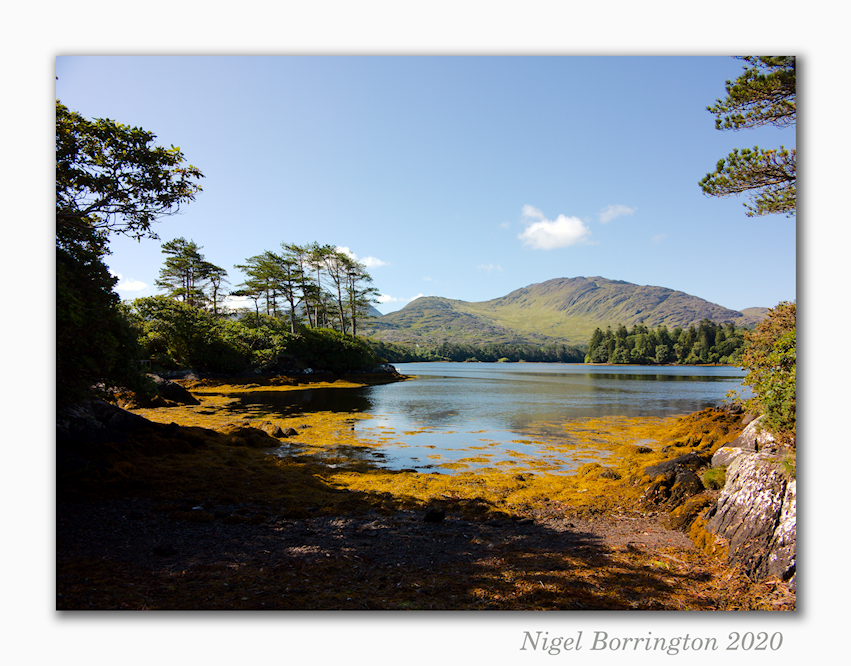








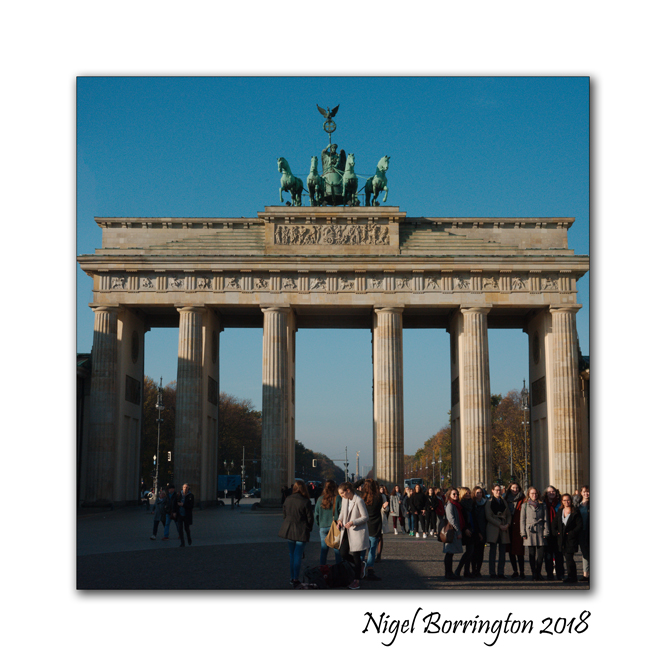


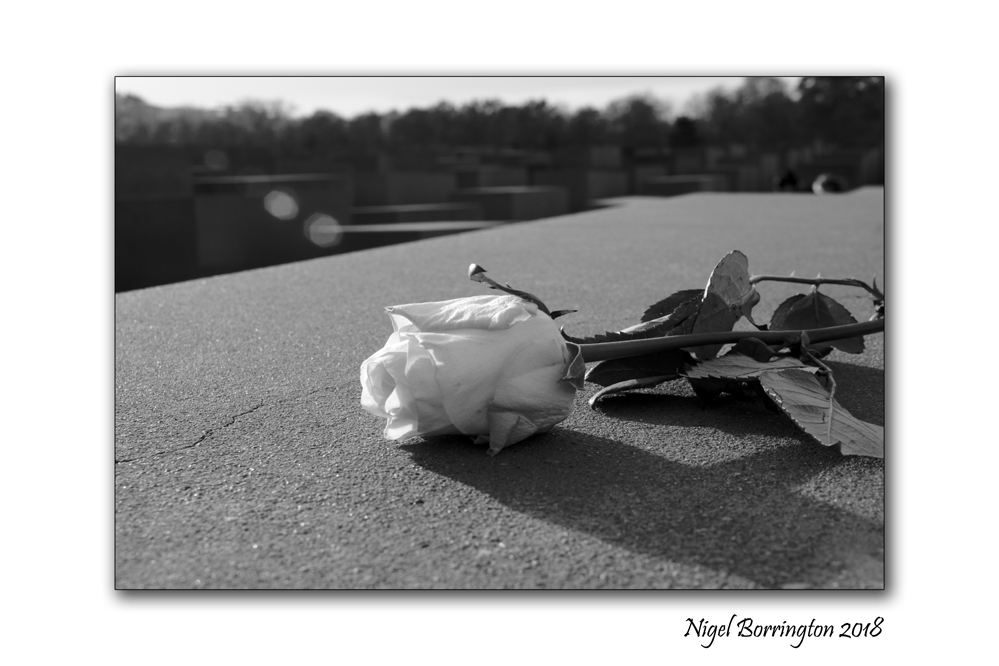


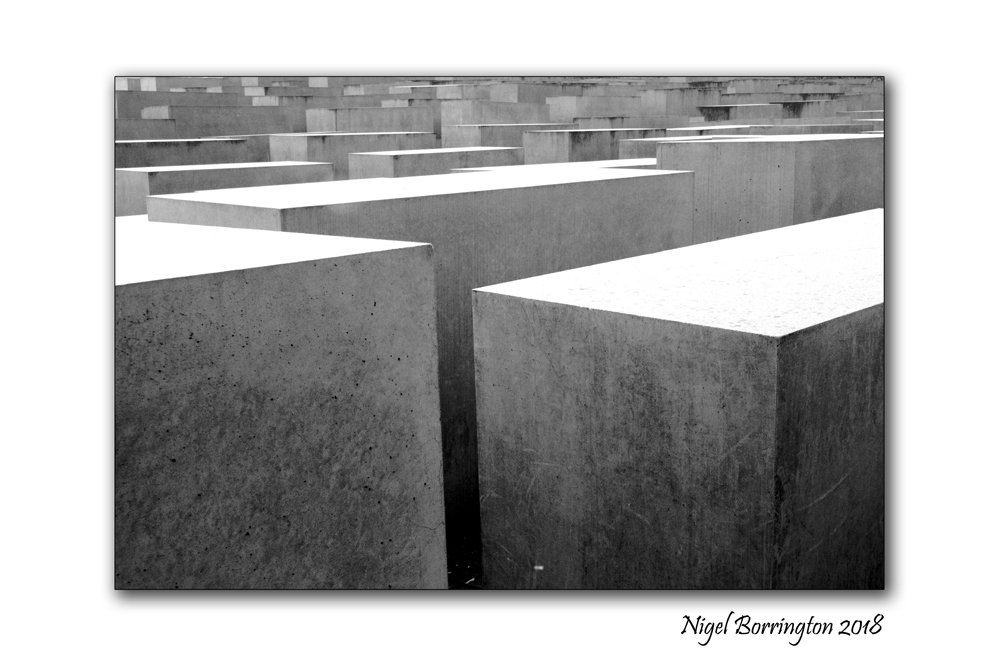





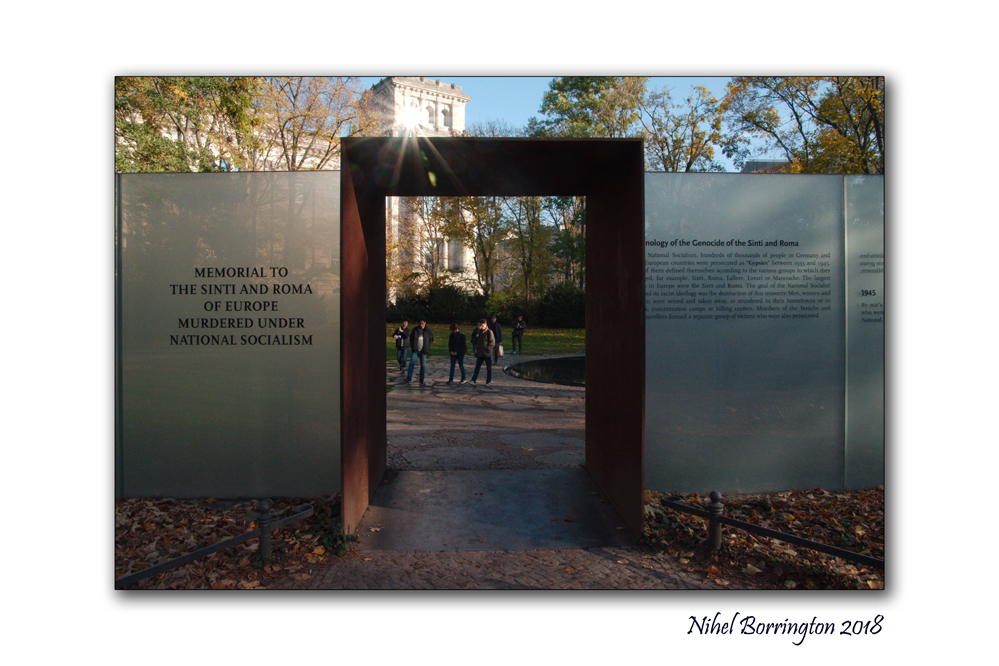


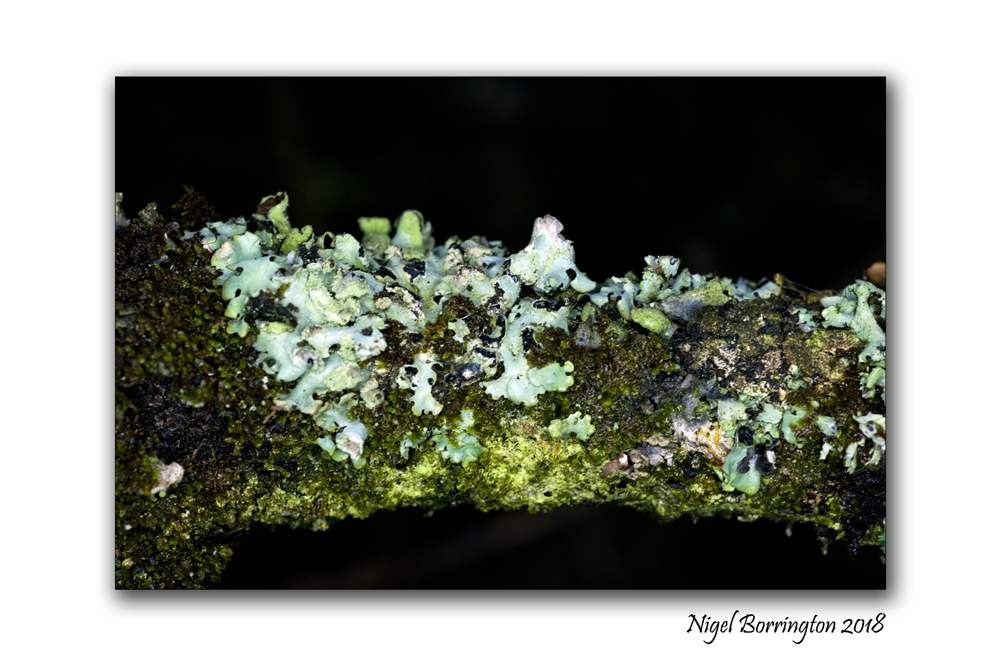
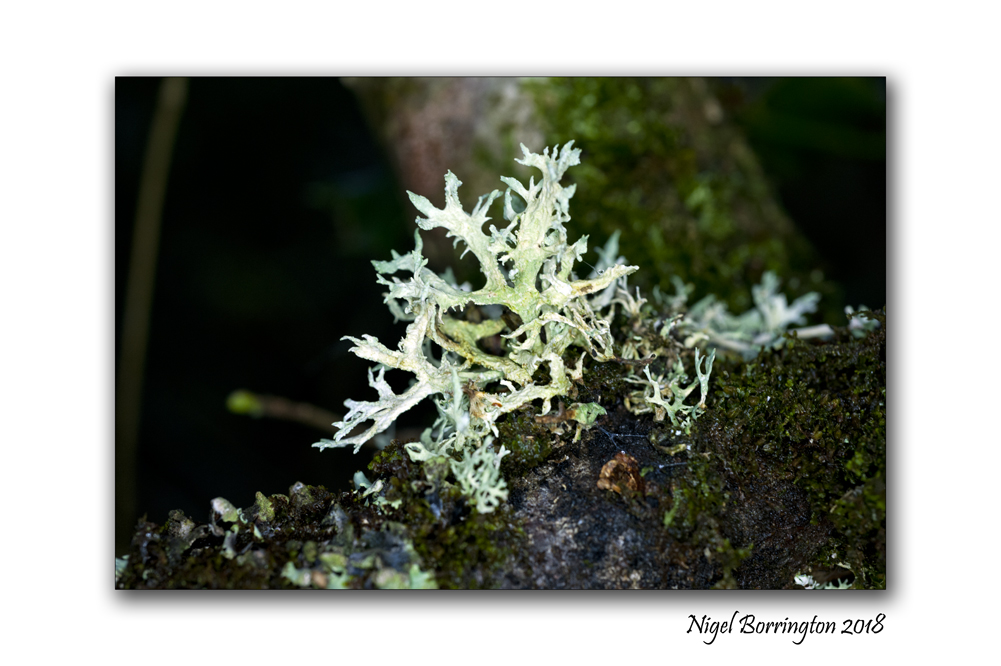
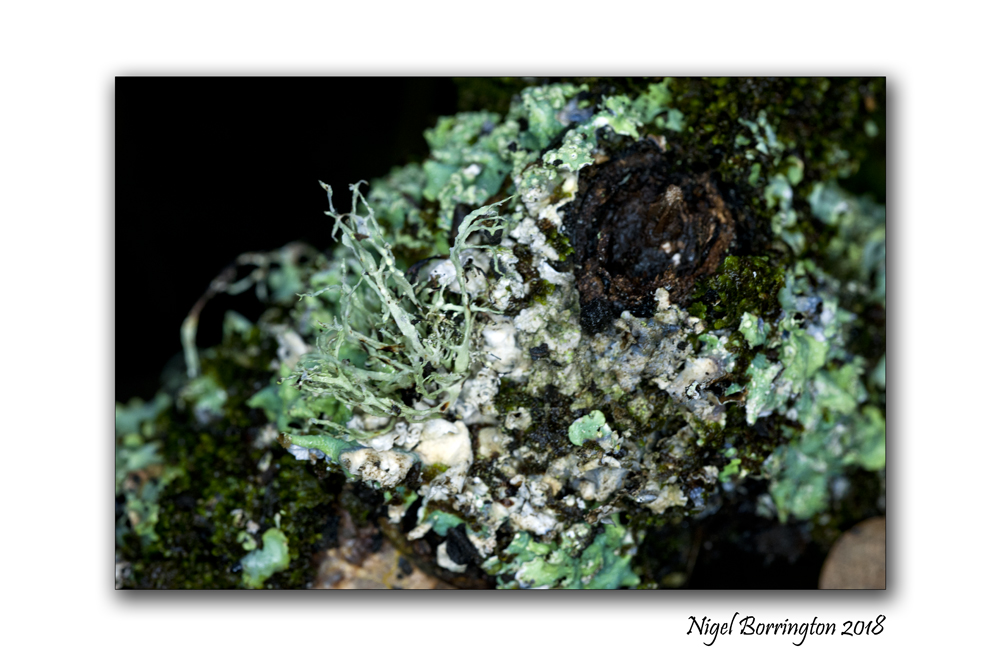


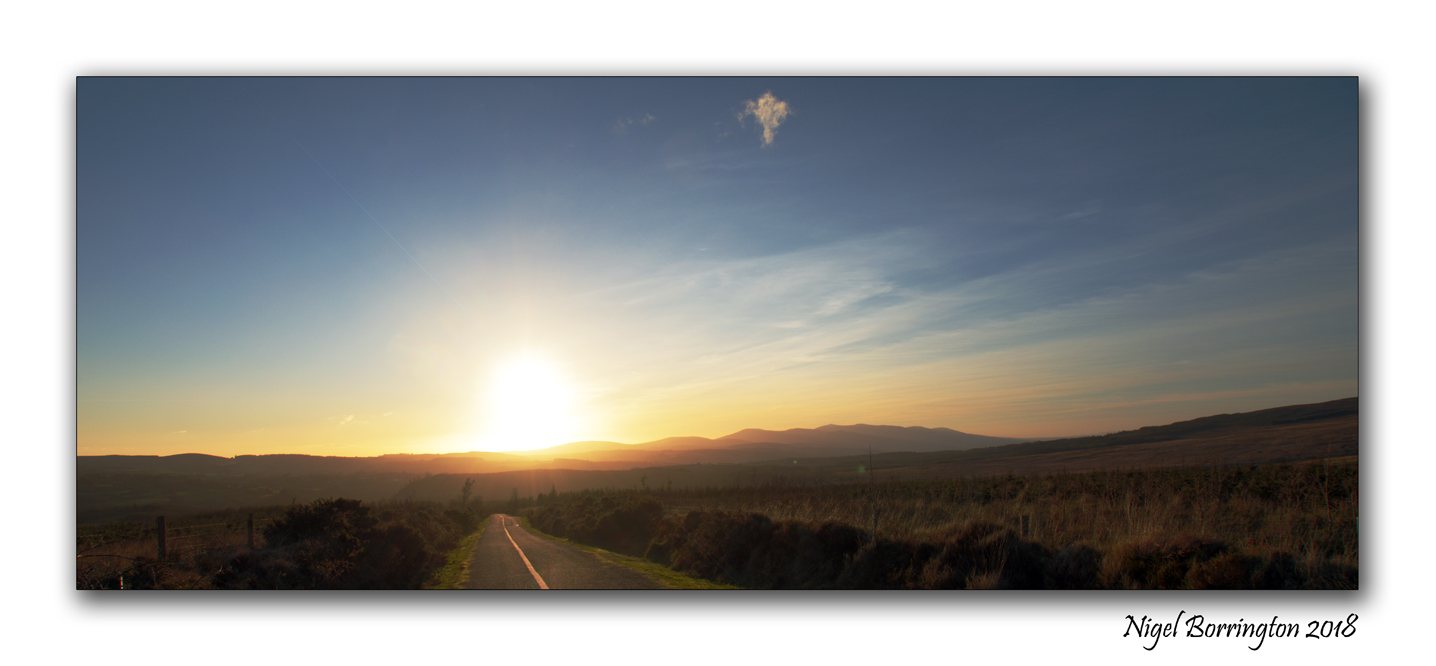

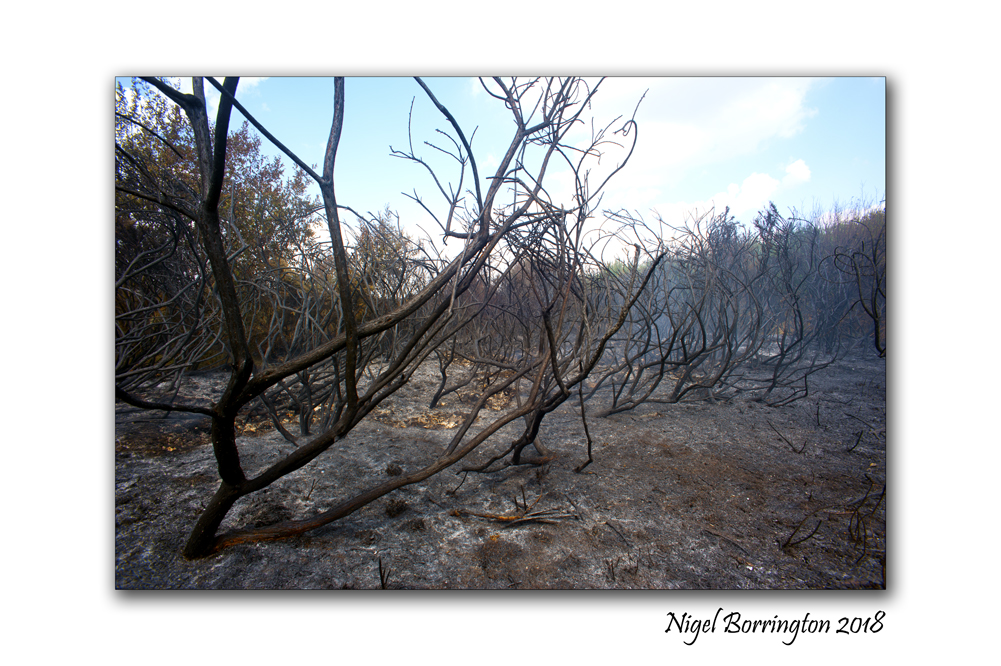








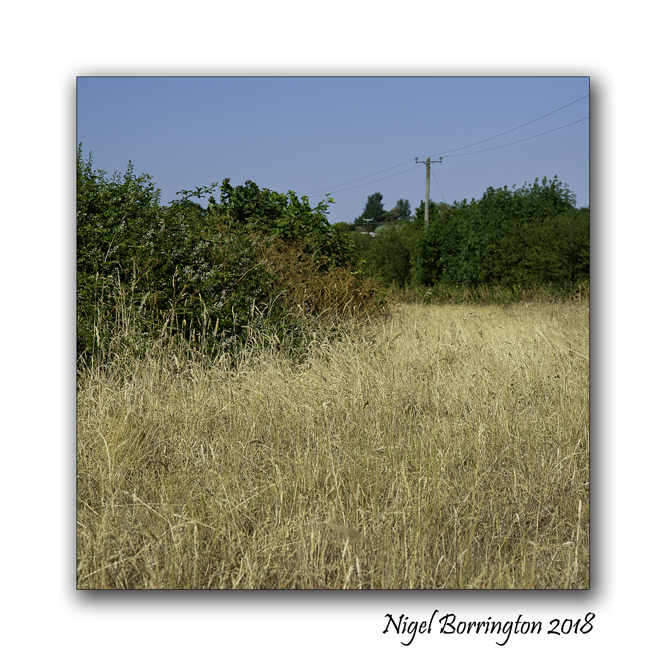


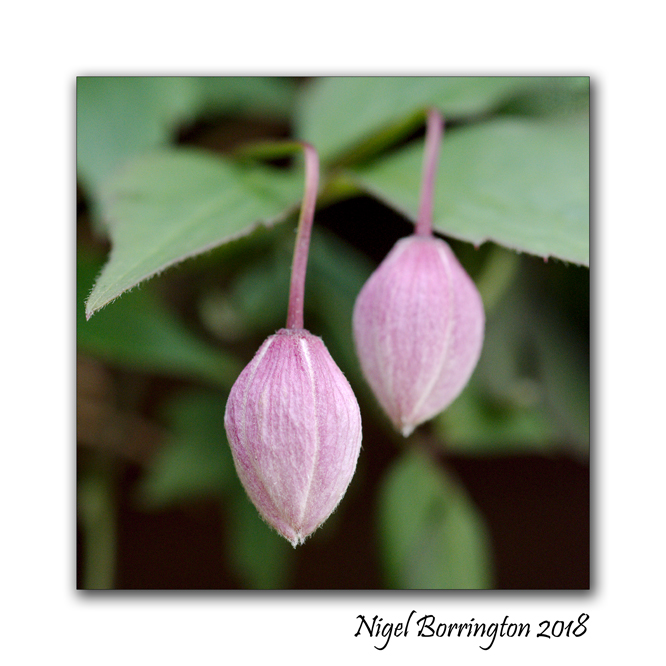





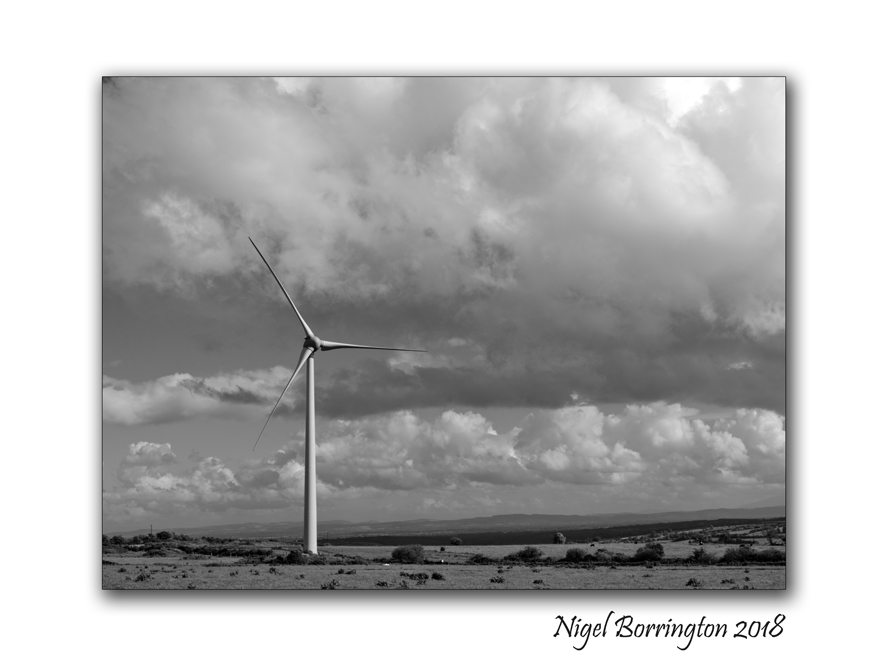









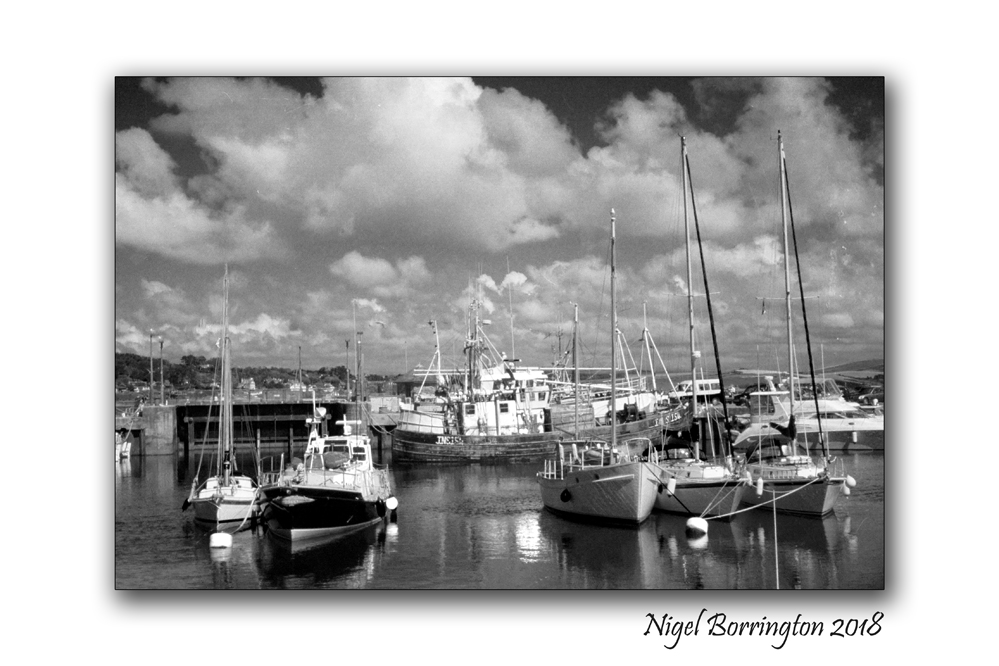
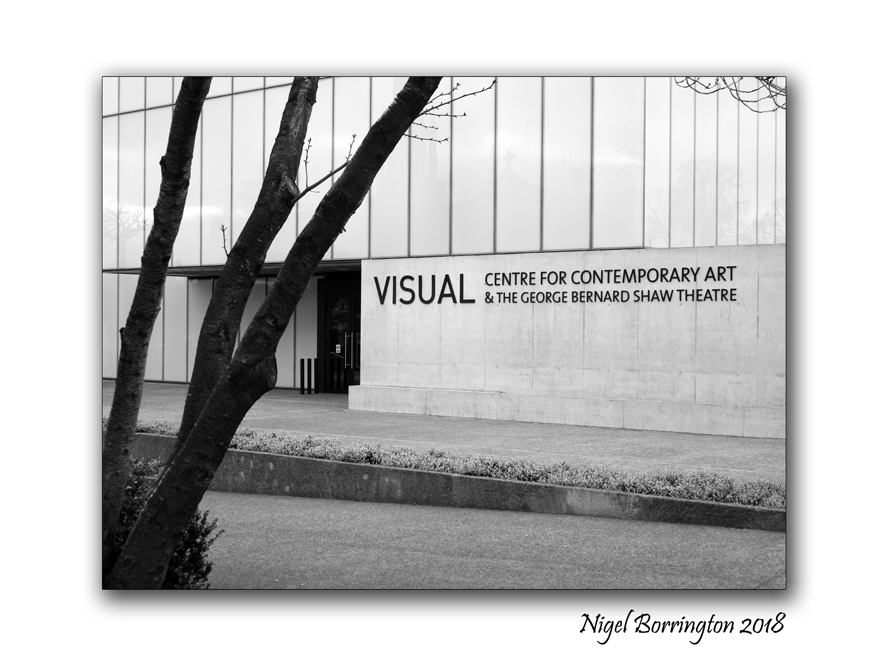












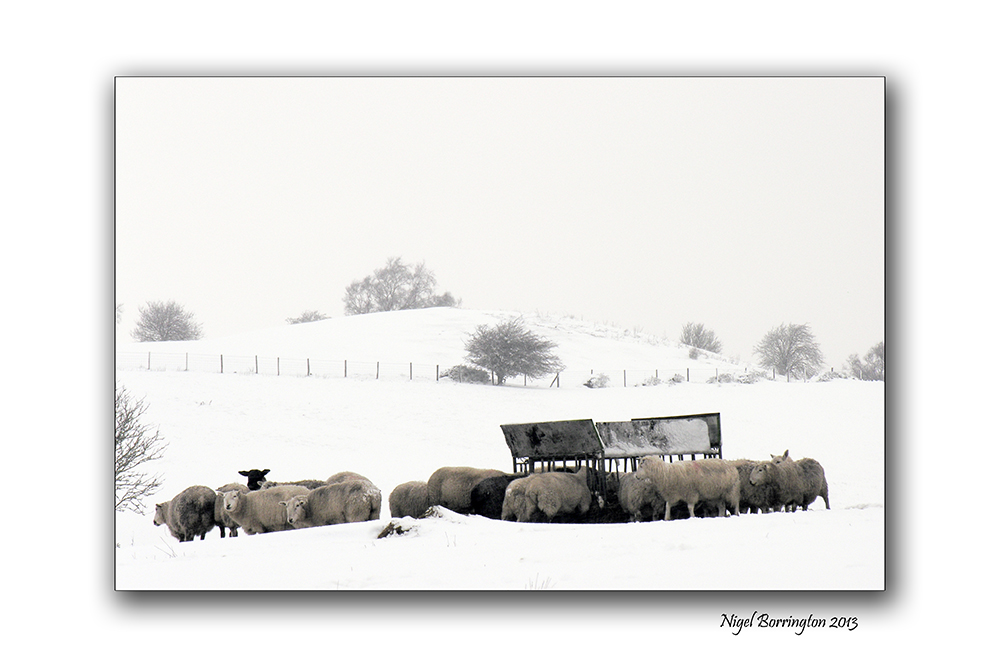



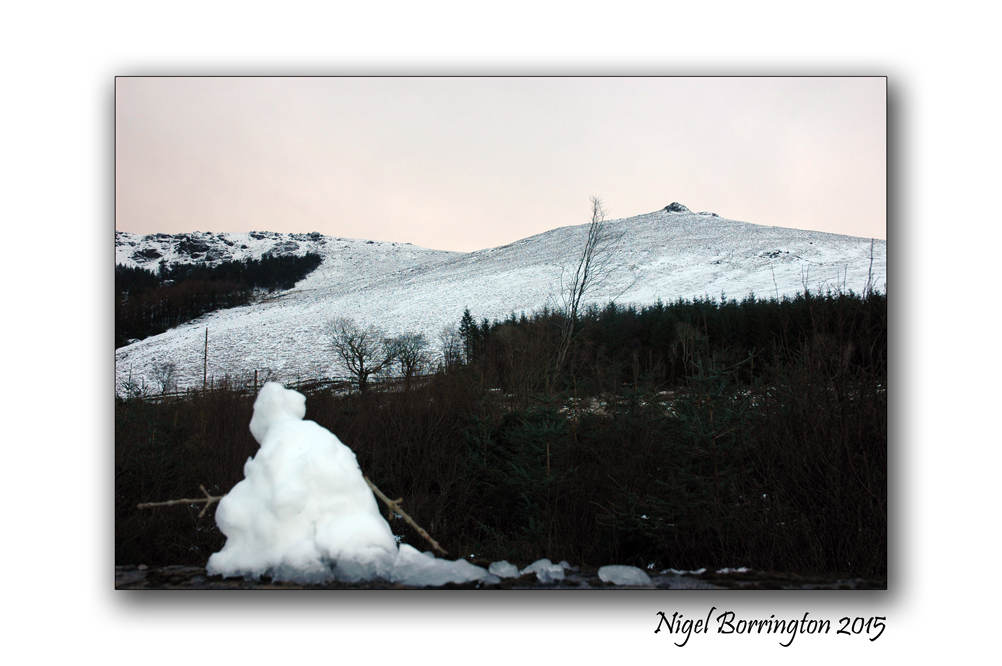





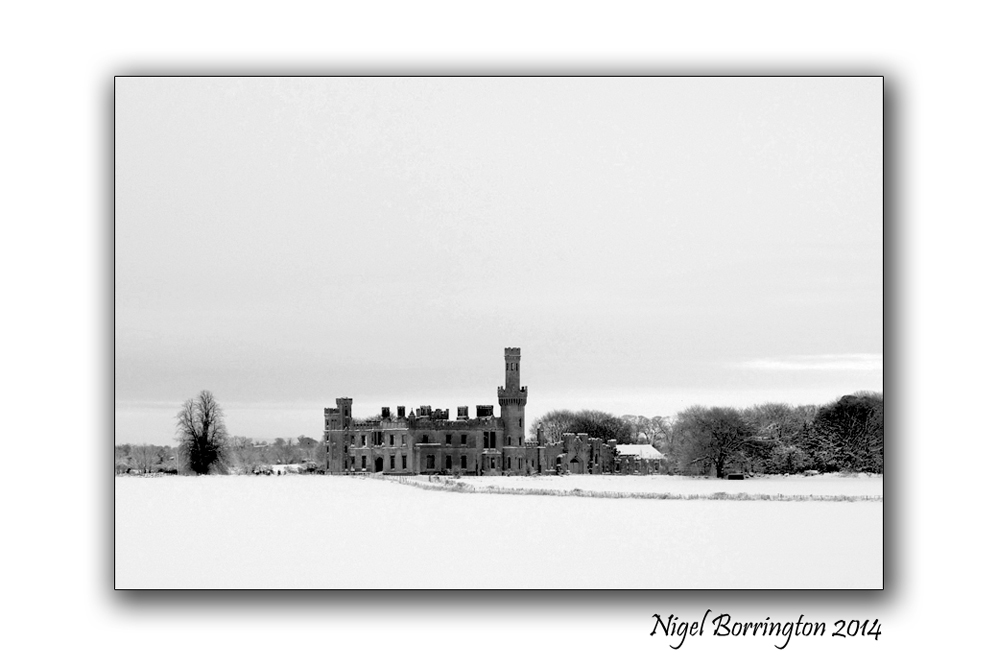




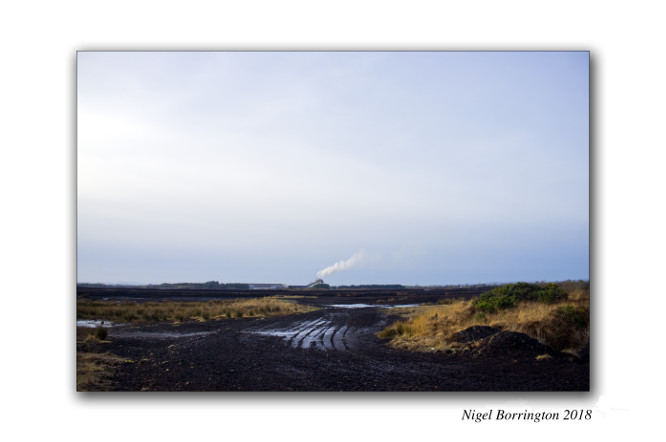

An update, what have I been doing in the last year :)
It is almost a year since I posted here on my blog but there has been a great reason why not 🙂
The bike above was finished my myself, four weeks ago and has been stripped down completely with new components, new paintwork and a full road safety check. I love every moment of this build…..
I have spent the last year studying a full-time city and guilds engineering course in county Kilkenny and it has been one of the most amazing years of my life 🙂
This time last year I was on a cycling holiday in county Mayo, at that stage Covid was just coming to an end as far as a lot of public restrictions were concerned. However, I knew I needed to make a change in my life, so a looked for a new training course and found one that was the course of my dreams.
I have always loved the Bicycle as a form of transport and fully believe in its future, in fact, I feel strongly that the bicycle will play an ever-growing role in returning our environment to normality.
The course has lived up to every one of my expectations and in many ways has exceeded them.
Here is a list of all subjects included
Bicycle maintenance, including full bike disassembly and reassembly
Electronics
Math and Geometry
Steel bicycle frame building
Engineering
Computer-Aided Design
Bike CAD and bike Geometry
And many many more subjects
Leading a Winner Team for a bike build and business plan project 🙂
I will add a Gallary of images below, It has been a very intensive course with in all fourteen exams, overall I passed with a Distinction and was over the moon with both the result and the course.
I am currently reviewing my options but would love to take up a full role in adding my new skills to an industry I fully support and love.
Share this:
August 16, 2022 | Categories: Comment, introductions, Nigel Borrington | Tags: BEA, Bicycle, Bicycle Engineering Academy, Engineering, Gity and Gulds, Health and safety, Nigel Borrington, Raligh, Steel bicycle frame, welding | 4 Comments